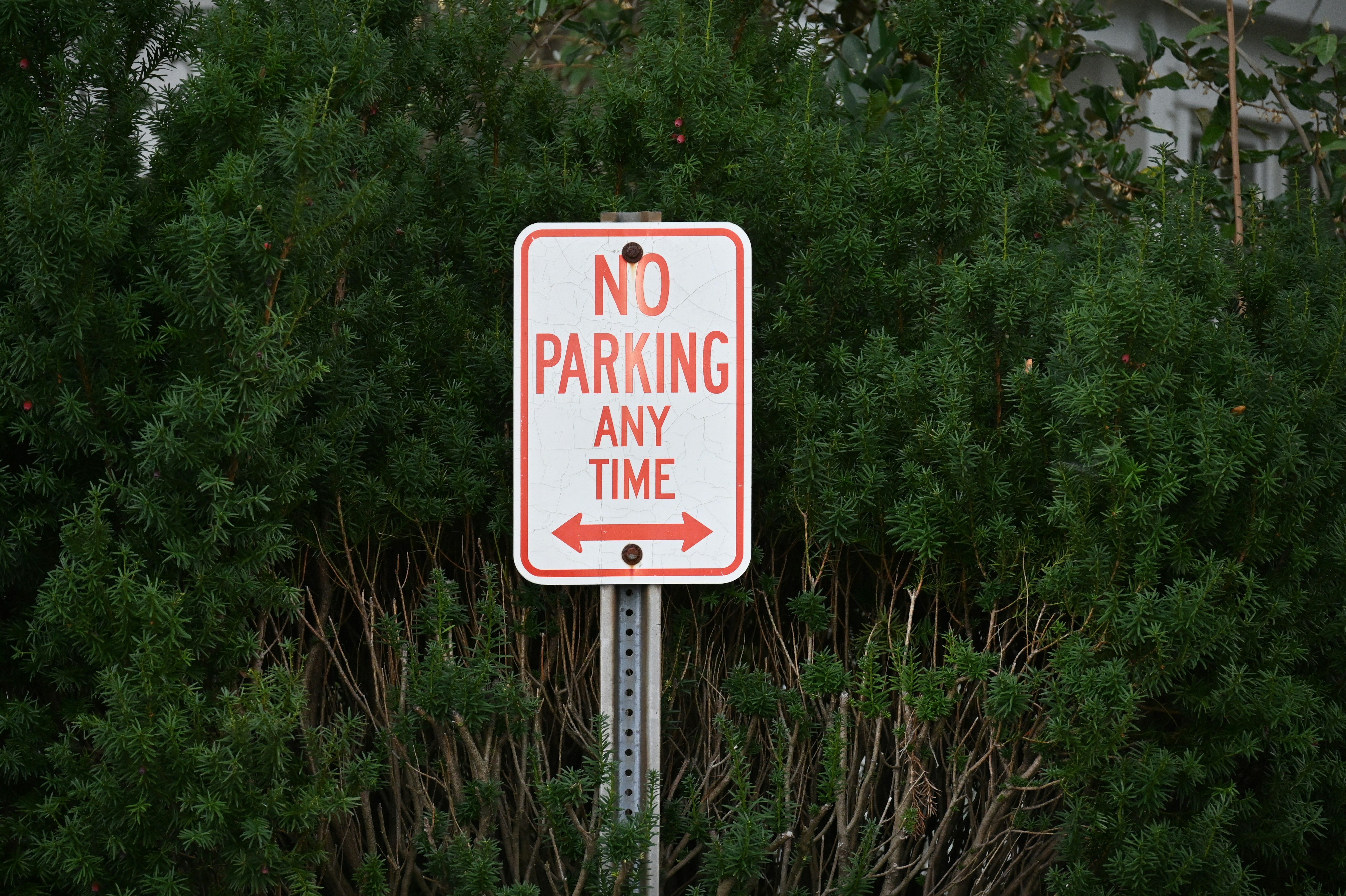
Author: Allison von Ebers, Dixon Resources Unlimited
Parking is one of the most visible - and often most frustrating - parts of city life. For many people, it’s their first and only interaction with a city’s services. For many people, it’s their first (and sometimes only) experience with how a city operates. When parking is done right, it helps people get where they’re going, supports local businesses, and keeps things moving. But when it’s confusing or unfair, it can cause frustration and make people lose trust in the city.
The good news? These common problems are fixable. Below are just a few examples of challenges cities often face - and how they can start making impactful change.
1. Making Decisions without Real Data
The problem: Too often, parking policies are shaped by assumptions, complaints, or outdated practices rather than actual data. That can lead to mismatched regulations, inefficient curb use, and policies that solve the wrong problems. The most effective parking strategies are grounded in data and evolve over time.
The fix:
• Use ongoing data - not just one-time surveys - to understand how parking is being used.
• Adjust time limits, prices, and enforcement based on the data's findings.
• Share regular updates so the public knows how and why decisions are being made.
• Think of parking as something that needs to be checked and updated regularly, not set in stone.
2. Focusing Too Much on Revenue
The problem: Viewing parking primarily as a means to generate revenue can cause unintended consequences. When policies are designed mostly for revenue, people often end up frustrated, especially if paying is difficult or enforcement seems unfair.
The fix:
• Reframe parking as a public service tool that supports access to local businesses, civic destinations, and neighborhoods.
• Treat parking as a service that helps people access neighborhoods, shops, and events.
• Invest in frontline staff training and focus on a compliance-based approach, including issuing warning notices before citations for first-time offenders, educating parkers on regulations, and answering customer questions.
• Communicate the why behind policies to build public trust and cooperation.
• Create a parking benefits district and reinvest revenues into the community.
• Make paying easy with apps, text-to-pay, and options for visitors.
• Use data to inform pricing decisions and keep the public in the loop.
3. Confusing Signs and Rules
The problem: Unclear or inconsistent signs make it hard for people to understand where and when they can park. That leads to accidental tickets and a lot of complaints.
The fix:
• Conduct a signage audit to identify conflicting or redundant signs.
• Implement a unified parking brand, featuring visually consistent signs, clear language, and intuitive design, across all zones.
• Improve signs that guide people to parking garages and lots.
• Add digital tools like QR codes or maps so people can easily check the rules on their phone.
4. Leaving the Public Out
The problem: Making big changes to parking without asking for public input can cause frustration. Even smart ideas can backfire if people feel left out of the process.
The fix:
• Ask for feedback early - from residents, business owners, and workers - before decisions are finalized.
• Keep people informed throughout the process and let them know how their input is being used.
• Share updates that clearly show what’s changing and why.
• Create a small advisory group of local stakeholders to provide insight and help guide the process.
A Smarter Approach Is Possible
Parking might not seem exciting, but it affects nearly everything in a city, from local businesses and traffic to climate goals and quality of life. When cities design parking systems that are clear, fair, and built around people’s needs, everyone benefits.